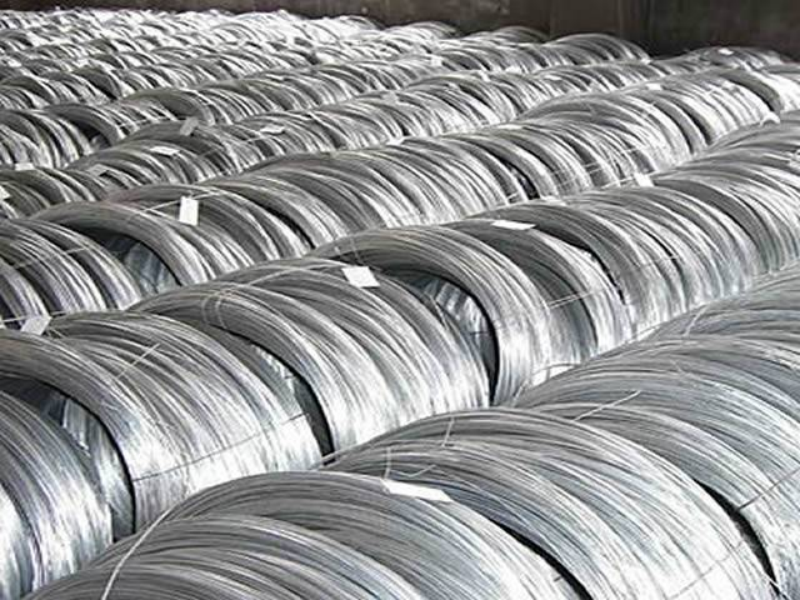
- Mobile Phone
- +8613931874955
- sales@cntcmetal.com
stainless steel cavity ties
Understanding Stainless Steel Cavity Ties The Backbone of Modern Construction
In modern construction, ensuring the structural integrity and durability of buildings is paramount. One component that plays a pivotal role in achieving this is the cavity tie, particularly those made from stainless steel. As the construction industry increasingly prioritizes resilience and sustainability, the utilization of stainless steel cavity ties has gained prominence for several compelling reasons.
What are Cavity Ties?
Cavity ties are essential components used in the construction of cavity walls, which consist of two parallel walls (or leaves) separated by a space (or cavity). This design not only enhances thermal insulation but also reinforces the overall stability of the structure. Cavity ties serve as connectors that maintain the alignment of the two walls, allowing them to act as a single unit while providing resistance against wind loads and other forces.
The Advantages of Stainless Steel Cavity Ties
1. Corrosion Resistance One of the main advantages of stainless steel is its exceptional corrosion resistance. Cavity ties are often exposed to adverse weather conditions, moisture, and various environmental factors that can lead to degradation over time. Stainless steel ties, however, can withstand these challenges, ensuring long-term performance without rust or decay.
2. Strength and Durability Stainless steel is renowned for its high tensile strength. This characteristic is critical for cavity ties, as they must support the weight of the walls and withstand dynamic forces such as wind or seismic activity. The ruggedness of stainless steel ensures that the ties remain intact, contributing to the overall stability of the structure.
stainless steel cavity ties

3. Low Maintenance Buildings equipped with stainless steel cavity ties require less maintenance compared to those with traditional materials. This is a significant advantage for building owners and developers who seek to reduce long-term operational costs. The durability of stainless steel translates to fewer repairs and replacements, leading to savings over the lifespan of the building.
4. Sustainability In an era where sustainability is a key focus, stainless steel stands out as an eco-friendly material. It is 100% recyclable, making it an ideal choice for environmentally conscious construction projects. Utilizing stainless steel cavity ties supports the industry's shift towards greener building practices, minimizing the environmental footprint of new developments.
5. Versatility Stainless steel cavity ties are suitable for a variety of wall constructions. They can be easily adapted to different architectural designs and can accommodate various wall thicknesses. This versatility ensures that they can meet the specific needs of diverse building projects, from residential homes to large commercial structures.
Installation Considerations
While the benefits of stainless steel cavity ties are compelling, proper installation is critical to maximize their effectiveness. It is essential that builders adhere to local building codes and standards concerning spacing, placement, and the quantity of ties required. Proper installation ensures that the ties function as intended, providing structural support and maintaining the integrity of the cavity wall system.
Conclusion
Stainless steel cavity ties are an indispensable element in modern construction, offering unmatched benefits such as corrosion resistance, strength, low maintenance, sustainability, and versatility. As the industry continues to evolve, embracing materials that contribute to the longevity and resilience of buildings, stainless steel cavity ties are set to remain a preferred choice for builders and architects alike. By integrating these robust components into cavity wall systems, construction professionals can ensure that their projects stand the test of time, contributing to a safer and more sustainable built environment.
share:
-
Yard Sign Stakes: Reliable Guardians of Outdoor SignsNewsAug.04,2025
-
Wall Ties: Invisible Guardians of Building StabilityNewsAug.04,2025
-
Resilient Web: The Super Guardian Power of Concrete MeshNewsAug.04,2025
-
Masonry Accessories: A versatile assistant on building foundationsNewsAug.04,2025
-
Iron Binding Wire: the 'invisible reinforcement specialist' in the fields of architecture and industryNewsAug.04,2025
-
Dynamic Spring: The diverse functions and excellent performance of Wire Tension SpringNewsAug.04,2025
-
Your Source for Concrete Wall Ties and Masonry AccessoriesNewsJul.10,2025



















